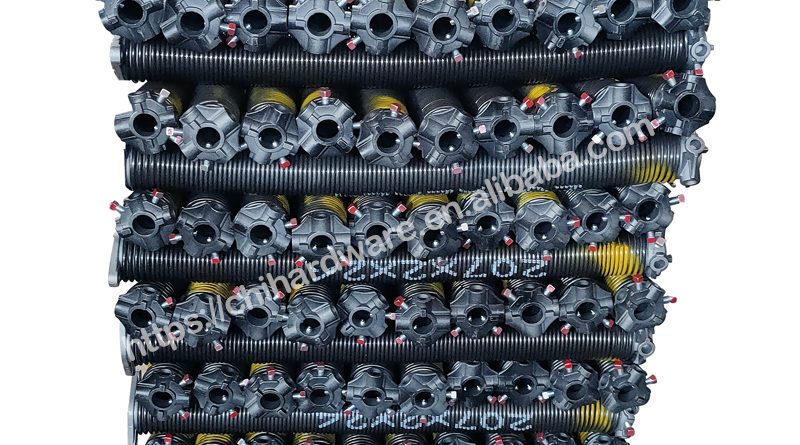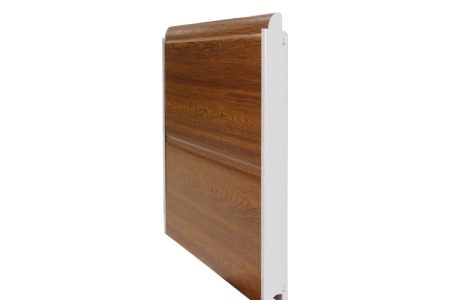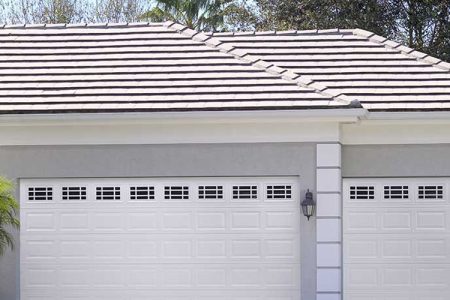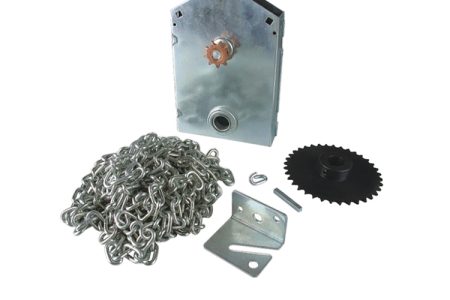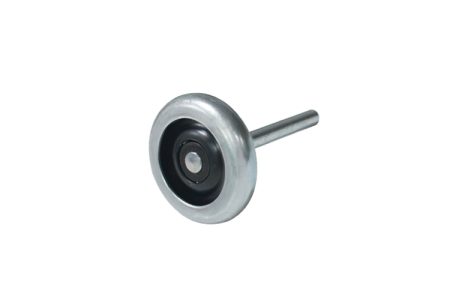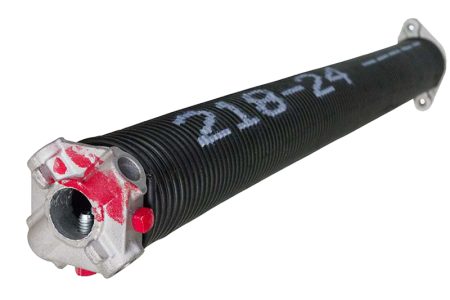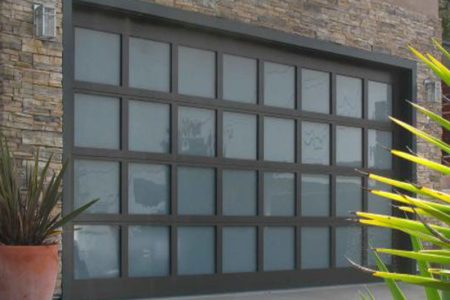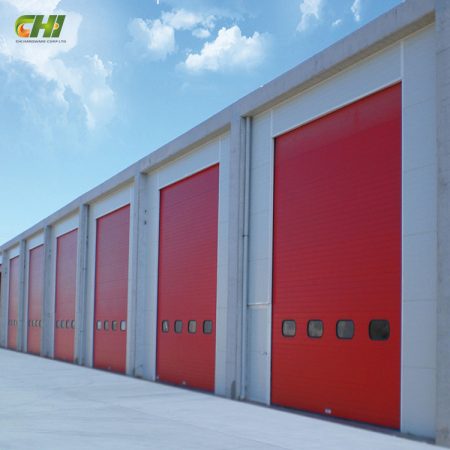Garage Door Springs
Garage Door Springs Come in Two Categories: Torsion Springs and Extension Springs. Garage Door Torsion Springs Are Engineered with Five Designs: Standard Residential Torsion Springs and Standard Commercial Torsion Springs, Ez-set Torsion Springs, Torquemaster Torsion Springs, Mini-warehouse Torsion Springs, and Steel Rolling Door Torsion Springs. Garage Door Extension Springs Are Engineered with Two Designs: Sectional Garage Door Extension Springs and One-piece Garage Door Extension Springs.
Garage Door Torsion Springs Are Secured to a Metal Shaft Above the Garage Door. Depending on the System, the Shaft May Pass Through the Middle of the Springs or Spring, or the Shaft May Sometimes House the Spring. if the Shaft Passes Through the Middle of the Torsion Spring, the Spring May Be Mounted in the Middle of the Shaft or on the End of the Shaft by the Outside Edge of the Garage Door.
Torsion Springs Balance the Garage Door by Applying Torque to the Shaft with Drums at Each End. Attached to Each Drum is a Cable That Extends to and is Secured to the Bottom Fixture at the Bottom of the Door. the Torsion Spring Unwinds and Winds As the Door is Opened and Closed to Comprise a Balanced System.
Torsion Springs Have Three Characteristics That Determine the Lift and Cycle Life. These Properties Are the Wire Size, Inside Diameter, and Length. the Lift, Which is Determined by the Torque of the Spring, Tells How Much Door Weight the Spring Can Lift. the Cycle Life Tells How Many Times the Garage Door Should Open and Close Before the Spring Breaks.

